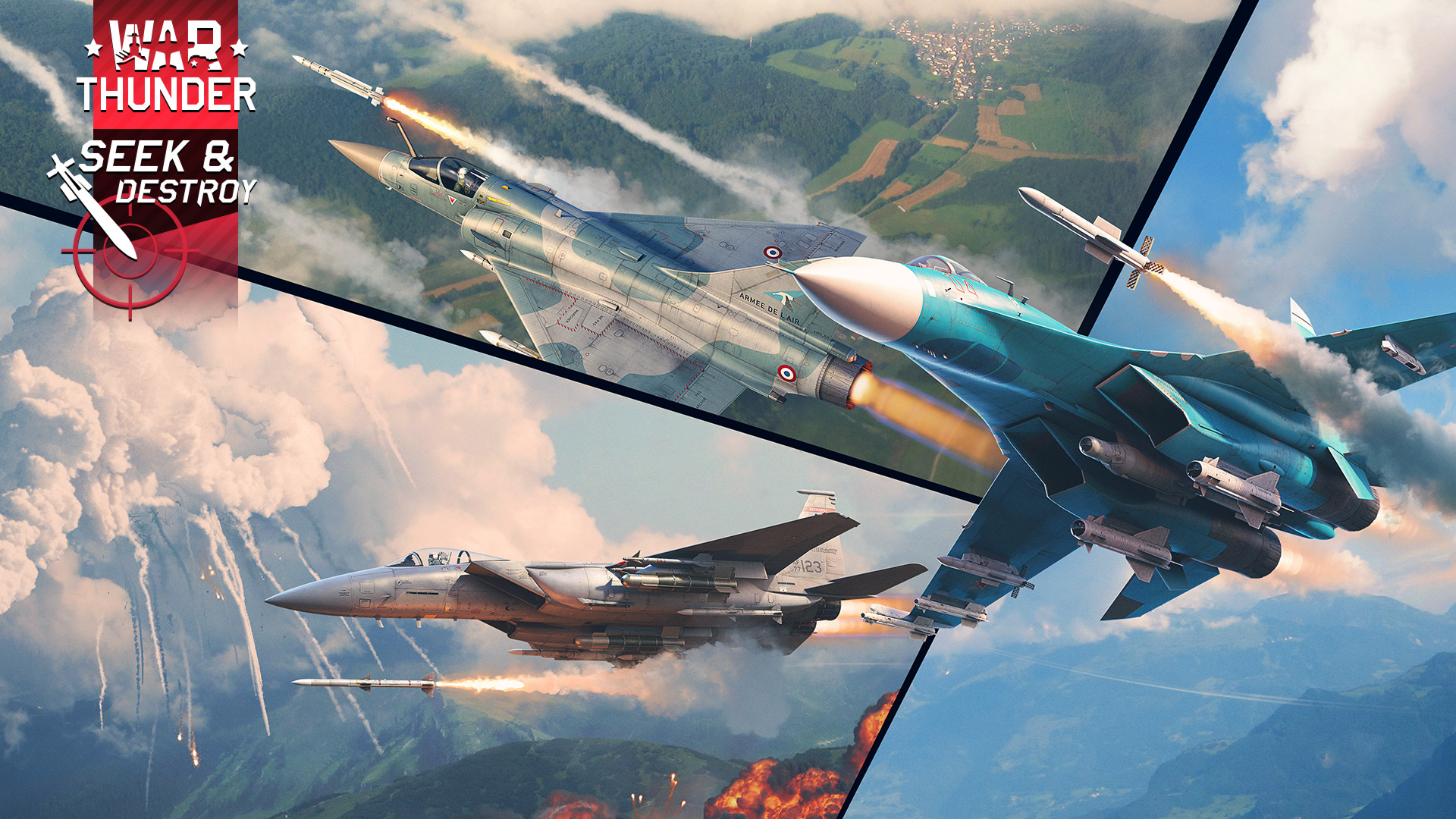War Thunder developers apologize for accidentally using an image of the Space Shuttle disaster in the latest update

Gaijin Entertainment has responded promptly, apologizing for using images of the Space Shuttle Challenger explosion that killed seven astronauts in 1986 in a graphic promoting the game’s latest update, Seek & Destroy.
Because of the unusual debris, the image is so recognizable to people familiar with the tragedy that it was quickly noticed and pointed out.
Soon after, a post appeared on the War Thunder forums stating:
“Hey guys, we accidentally used the explosion from the Challenger disaster in one of our main art images. Please accept our sincere apologies for this, the image was part of an air explosion reference package used by our artists and the context was lost.
We will change this artwork as soon as possible and take steps to ensure this does not happen again in the future.”
The Seek & Destroy update for War Thunder is the game’s second major update in 2024 and includes new missiles and vehicles.
The central artwork of “Seek & Destroy” shows a montage of three fighter jets, all firing missiles, while the image at the bottom left shows the typical traces of the disaster that was followed live by millions of people around the world at the time.
There is no indication that the image was used with any knowledge of what it depicted, and Gaijin’s quick apology suggests a genuine mistake.
At the time of writing, the image is still there and can be downloaded as a wallpaper, but a representative for Gaijin has stated that it will be removed on Monday (today) and hopefully replaced with a lesser-known explosion.
What happened to Challenger?
On January 28, 1986, the Space Shuttle Challenger exploded just 73 seconds into its 10th flight, killing all seven astronauts on board. It was the first time an American spacecraft died in flight.
The accident was later attributed to the failure of the O-ring seals in the right solid rocket engine.



